Sign up for workout ideas, training advice, reviews of the latest gear and more.

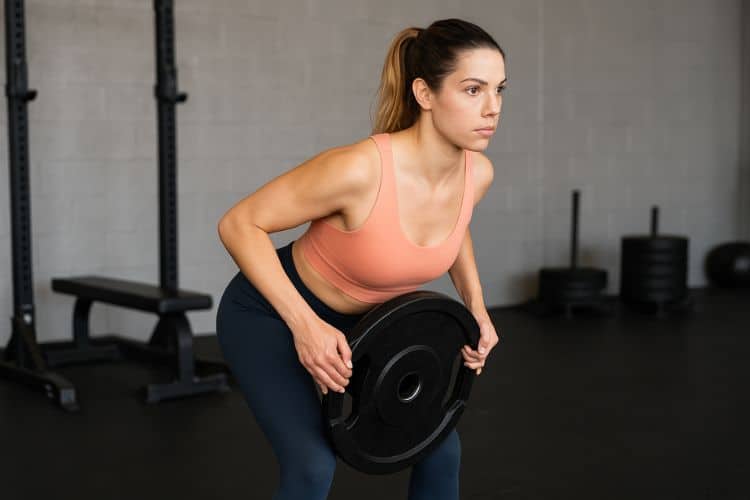
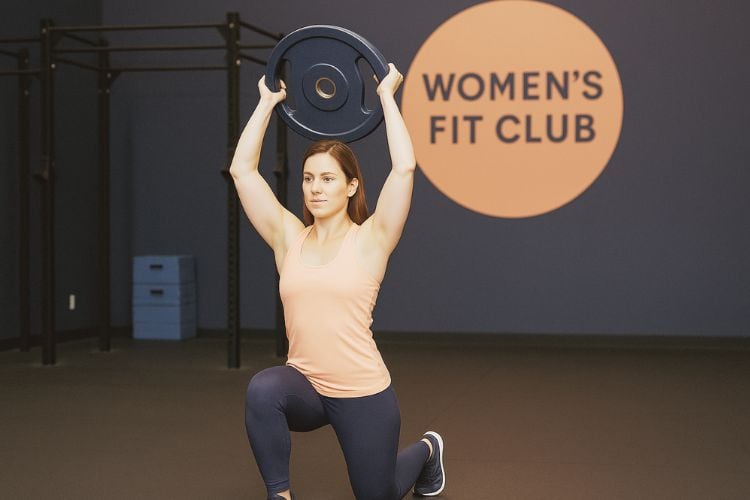
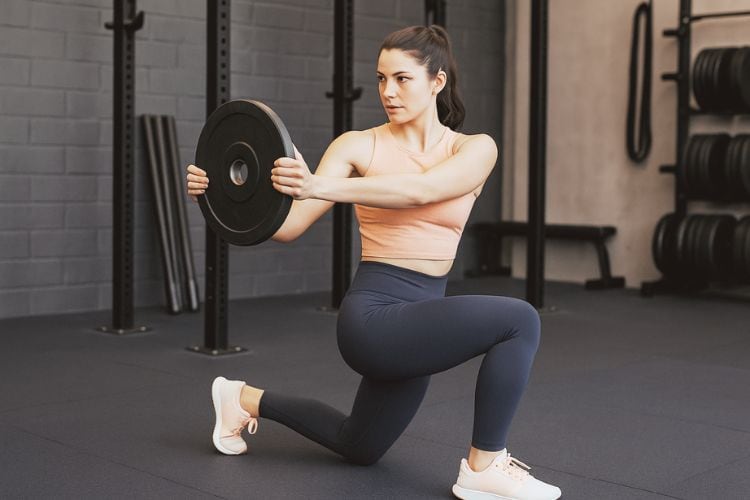
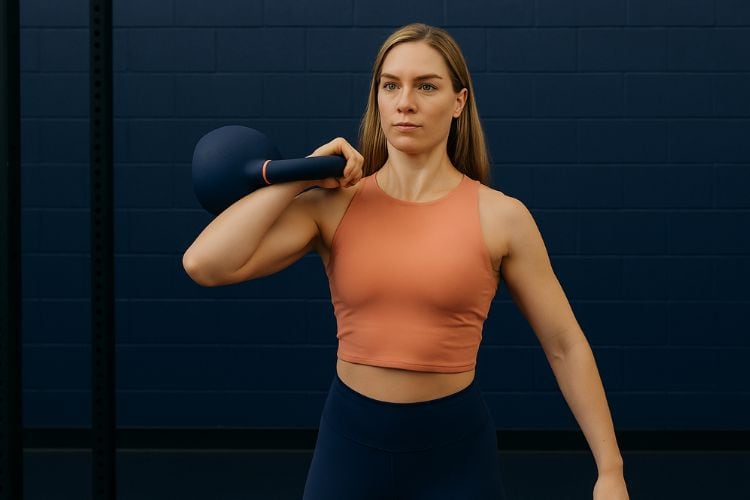
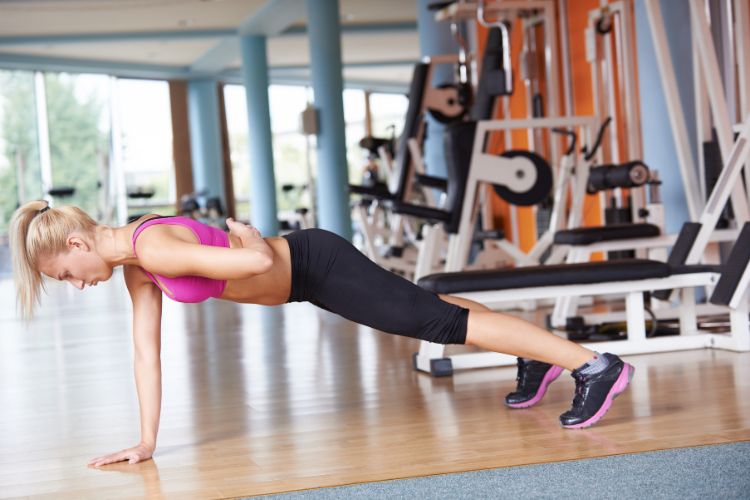
Calisthenics is one of the most accessible and effective ways to build strength, muscle, and endurance—no fancy gym equipment required. But like any other training method, consistent progress doesn’t happen by accident. The secret lies in progressive overload—a principle often associated with weightlifting, yet just as crucial for mastering bodyweight training. In this comprehensive guide, we’ll explore how to apply progressive overload to your calisthenics workouts to unlock powerful results.
Progressive overload is the systematic and gradual increase of stress placed on the body during training. While weightlifters increase the weight on the bar, calisthenics athletes increase the difficulty of bodyweight exercises by manipulating factors like leverage, volume, range of motion, and tempo.
This method forces your muscles and nervous system to adapt over time, leading to greater strength, hypertrophy, and performance improvements. Without progressive overload, even the best bodyweight workouts will eventually plateau.
By gradually increasing difficulty, your muscles are constantly challenged, which results in greater strength and endurance.
Progressive overload through advanced variations (like archer push-ups or pistol squats) triggers muscle growth similar to traditional resistance training.
Sticking with the same reps, sets, and exercises will lead to a plateau. Progressive overload ensures you’re always pushing your limits.
You can apply progressive overload using your own body, resistance bands, parallettes, or gymnastics rings—ideal for home workouts or travel.
Increase the number of reps or sets each week. For example, if you did 3 sets of 10 push-ups this week, aim for 3 sets of 12 next week.
Slowing down your reps increases muscular time under tension. Try 3-second eccentrics or pause reps to make exercises more difficult.
Improving and extending the range of motion—like going deeper in dips or pull-ups—adds intensity.
Alter your body position to increase load. A classic example is transitioning from knee push-ups to full push-ups, and eventually to pseudo-planche push-ups.
Progress to harder exercises over time. Go from regular squats to Bulgarian split squats to shrimp squats.
Shortening rest periods can increase workout density and improve muscular endurance.
Let’s break down a structured routine using progressive overload principles. This plan is designed for full-body development using bodyweight training.
Focus on form, control, and consistency. Start with easier variations to build joint strength and muscular endurance.
Sample Exercises:
Progression Tips:
Begin increasing load through range, tempo, and complexity.
Sample Exercises:
Progression Tips:
Now you’re ready to push into more challenging variations and advanced movement patterns.
Sample Exercises:
Progression Tips:
In this phase, start working on high-skill calisthenics moves with continued overload strategies.
Sample Exercises:
Progression Tips:
If your goal is upper body strength, especially in the chest, shoulders, and arms, here’s a progressive approach:
Push-Up Progression:
Pull-Up Progression:
Dip Progression:
Tips:
Building leg strength with bodyweight can be extremely effective when done progressively.
Squat Progression:
Glute and Hamstring Focus:
Tips:
A strong core supports every movement. Progressive overload in core training improves stability and control.
Core Exercise Progression:
Plank Variations:
Tips:
Document your sets, reps, rest times, and progressions. This allows you to clearly see improvements and areas needing attention.
Once you can complete 2 more reps than your target range for two sessions in a row, progress to a harder variation or increase volume.
Progressive overload doesn’t mean going to failure every session. Recovery, sleep, and mobility work are key to sustainable gains.
Skipping stages can lead to injury. Master each variation with excellent form before moving up.
Progress happens outside the gym. Incorporate rest days and mobility sessions to stay injury-free.
If you don’t track your performance, you won’t know when or how to level up.
Don’t just focus on push movements. Pull exercises, leg work, and core training are essential for full-body development.
You don’t need weights to become stronger, leaner, and more athletic. Progressive overload in calisthenics empowers you to continually challenge your body using smart, structured progressions. By manipulating reps, tempo, exercise variations, and rest intervals, you create endless opportunities for improvement.
Whether your goal is mastering the muscle-up, achieving a clean handstand push-up, or building muscle without equipment, progressive overload is the roadmap. Stay patient, train consistently, and remember—progress is the prize.
Stay up to date on the latest women’s health, fitness and lifestyle trends and tips.